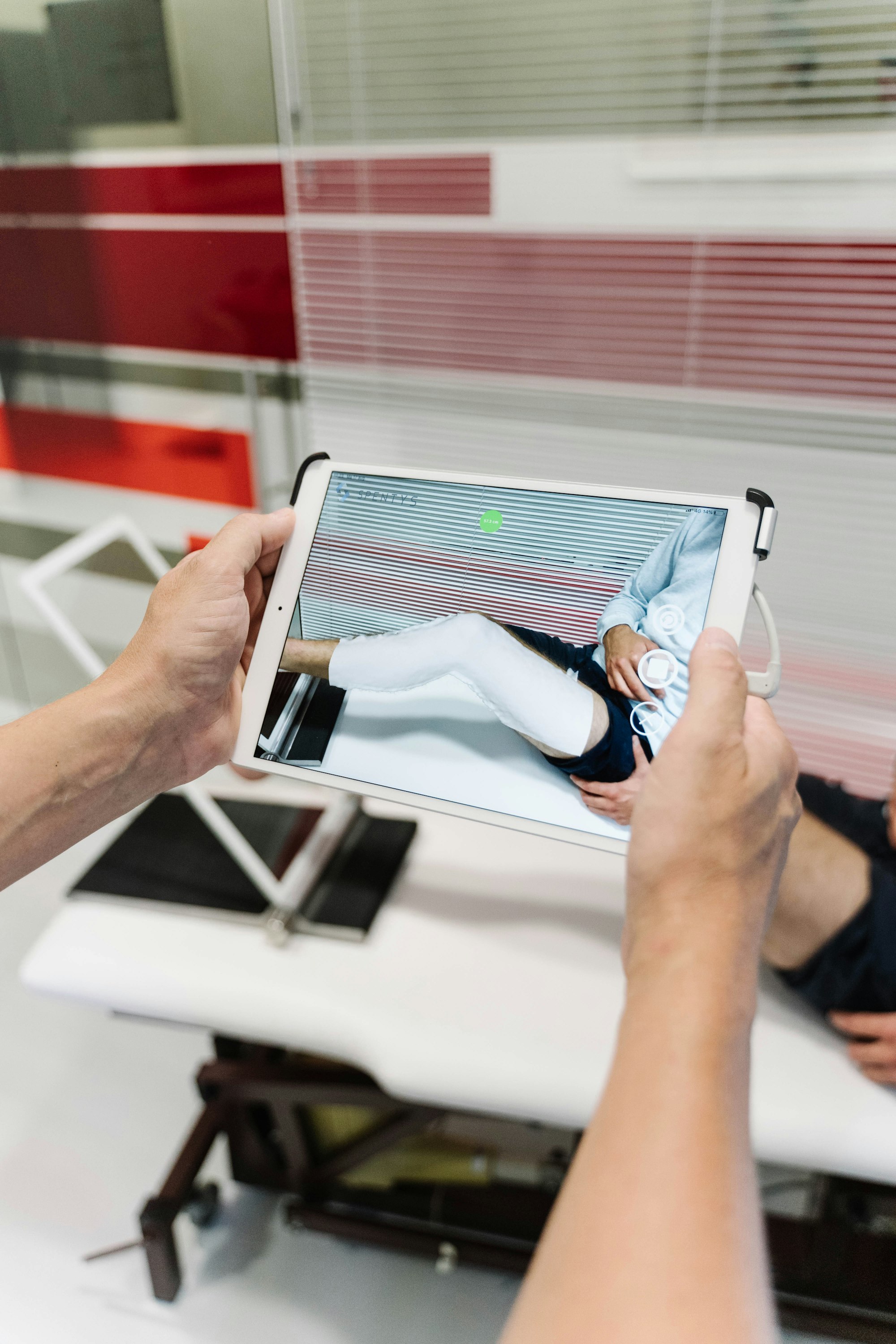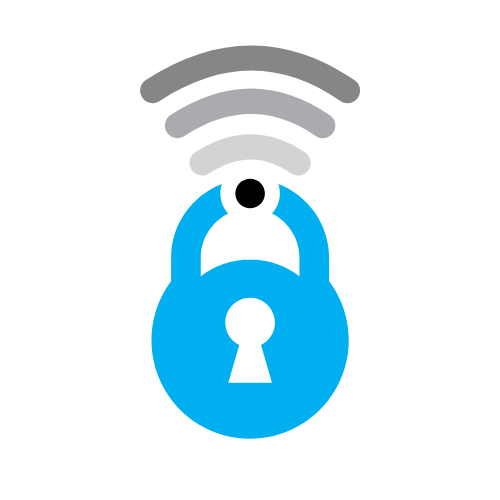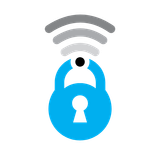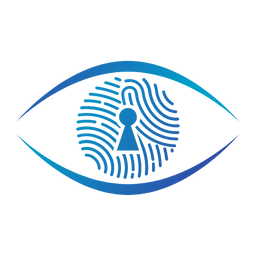Your Digital Self: Navigating the Profound Privacy Risks of the Internet of Bodies

The Internet of Bodies (IoB), described as a network where human bodies' integrity and functionality rely on the internet and related technologies like AI, is rapidly advancing. This evolution of the Internet of Things (IoT) connects digital devices directly to our physical selves, gathering and analyzing an unprecedented volume of personal data. While promising revolutionary benefits in healthcare and daily convenience, this intimate connection brings with it a complex array of profound privacy risks that demand careful consideration and proactive measures.
The Intimate Data Sphere: What IoB Collects
IoB devices delve into the most personal aspects of our existence, constantly monitoring, recording, and storing sensitive information. This includes:
- Physiological Data: Devices like smartwatches, fitness trackers, and implantable sensors can track blood pressure, heart rate, body temperature, electrocardiogram (ECG), electroencephalogram (EEG), blood glucose, and sleep patterns.
- Location and Movement Data: IoB can monitor your whereabouts and physical activities, including steps taken, workout routes, and even subtle changes in gait that could indicate health issues.
- Behavioral Data: This encompasses a vast range of information, such as online clicks, purchasing habits, social media interactions, and app usage, building a rich digital footprint. The Internet of Behavior (IoB, also referred to by this acronym) specifically aims to convert personal behavior into data to enhance decision-making and services.
- Sensory and Cognitive Data: Advanced and future devices like augmented-reality contact lenses or smart hearing implants could record everything a user sees or hears. Neural interfaces and brain-computer interfaces (BCIs) aim to read and potentially influence brain activity and mental states like stress, focus, or fatigue. This level of data collection raises fundamental questions about who has the authority to access and use this highly personal information.

Core Privacy Challenges in the IoB Ecosystem
The pervasive nature of IoB data collection creates several critical privacy vulnerabilities:
- Bypassing Informed Consent: A major concern is that users are often unaware of precisely what data is being collected, how frequently, or its ultimate destination. This lack of transparency makes genuine informed consent nearly impossible to obtain. Data collected for one purpose might also be repurposed or combined with other datasets to infer unintended information, a phenomenon known as "scope creep". This could lead to sensitive health data being shared with advertisers or used for profiling without explicit user knowledge or permission.
- Unclear Data Ownership and Commodification: There is no clear consensus on who owns the data generated by an IoB device – is it the user, the manufacturer, or the healthcare provider? Business consulting firms are actively exploring how IoT data can be monetized. This leads to the commodification of human identity, where aspects of personhood like health status and personality traits are treated as commercial assets. This risks individuals losing sovereignty over their digital selves, as their data can be bought and sold in markets for advertising, insurance, or employment screening. Data brokers, companies with no direct relationship with consumers, acquire and sell this information, potentially building detailed profiles without the individual's knowledge or consent.

- Misuse and Exploitation by Third Parties: If IoB data is breached or intentionally shared, it can be exploited in various ways:
- Identity Theft and Fraud: Stolen health data can be used for identity theft or insurance fraud.
- Insurance Companies and Employers: IoB devices tracking medication adherence (e.g., digital pills) or lifestyle habits (e.g., CPAP machine usage, health trackers) could transmit data to insurance companies, potentially leading to denial of coverage or higher premiums for non-compliance or "unhealthy" behaviors without the user's knowledge or explicit consent. Similarly, employers could use smart wristbands to track worker locations, hand movements, and productivity, raising concerns about intrusiveness and employee privacy.
- Law Enforcement and Criminal Justice: IoB data has already been used in criminal investigations. For instance, a man's pacemaker data contradicted his account of a house fire, leading to charges. Data fusion centers can aggregate health data, giving law enforcement extensive knowledge about individuals. This raises questions about constitutional protections against self-incrimination and unreasonable search and seizure.
- National Security and Surveillance States: Fitness tracking apps exposing the locations of military bases illustrate how IoB data can reveal sensitive national security information. Furthermore, the widespread adoption of IoB could enable or strengthen surveillance states, using biometric data to enforce authoritarian regimes or social control, similar to social credit scoring systems.
- "Identity Shadows" and "Digital Determinism": IoB data contributes to the creation of "identity shadows" or "data doubles"—digital profiles built from our data that can profoundly shape how we are perceived and treated. These shadow selves, often compiled by various platforms and entities, may not always be accurate or complete but are used to make decisions about individuals, influencing everything from targeted ads to loan approvals. This can lead to "simulation dominance," where the simulated model of a person overrules or distorts the reality of the person, potentially trapping individuals in algorithmic determinism where their data past dictates future opportunities. Algorithms might "diagnose" or mislabel users based on online behavior, disrupting their sense of self and causing harm.
- Behavioral Nudging and Manipulation: With intimate knowledge of a user's habits and emotional states, IoB platforms can be highly effective at shaping user behavior. While benign nudges can encourage healthy habits, the line into manipulation is thin. If nudges serve the platform's or third parties' agendas, rather than the individual's, it becomes problematic "dark nudging" or coercion. This raises concerns about the erosion of decisional privacy, the freedom to make choices without undue external influence.
- Privacy of Others: Devices that record audio or video, such as augmented reality glasses or smart hearing implants, raise concerns about the privacy of individuals who are seen or heard by the device but have not consented to such collection.

The Regulatory "Wild West"
The regulatory landscape for IoB devices is often characterized as a "Wild West" due to its patchwork nature and significant gaps.
- Lack of Comprehensive Laws: In many regions, including the United States, there is no comprehensive federal data privacy law. Much of the data collected by consumer IoB devices falls outside the purview of existing laws like the Health Insurance Portability and Accountability Act (HIPAA), which primarily covers medical information held by covered entities but not non-medical health or biometric data.
- Inconsistent State Laws: States have introduced a patchwork of laws that differ greatly in terms of protected information and recourse, creating a fragmented regulatory environment. For example, California's CCPA provides rights like knowing what data is collected and opting out of data sales, but similar federal standards are still under consideration. Vermont is an early adopter with a law requiring data broker registration and transparency.
- FDA Oversight Limitations: While the FDA is responsible for medical device safety and promotes cybersecurity for devices under its oversight, many consumer IoB devices do not fall under FDA jurisdiction. This leaves a significant portion of IoB devices without direct governmental cybersecurity mandates.
Securing Our Connected Bodies: A Path Forward
Addressing these profound privacy risks requires a coordinated and multi-faceted approach:
- Robust Security Protocols: Implementing stringent encryption protocols, multi-factor authentication, and regular software updates are essential for protecting data both in transit and at rest. Device manufacturers must build secure features into products from the design phase, and healthcare providers should conduct routine security assessments and train staff in cybersecurity best practices.
- Clear Data Ownership and Transparency: Policies must establish who owns IoB-generated data, giving individuals greater control. Developers need to clearly state privacy policies and obtain informed consent for data collection practices, explaining how data will be protected, used, and shared. Users should have the right to know what data is collected and how it's used, and the ability to opt out.
- Comprehensive Regulatory Frameworks: Policymakers should consider establishing federal data transparency and protection standards for all IoB data, potentially drawing lessons from successes and failures of existing laws like GDPR and CCPA. Regulations are needed for data brokers and restrictions on how insurers, employers, and law enforcement can use IoB data. Chile's move to protect "neurorights" – treating personal brain data and mental integrity akin to bodily organs – sets an interesting precedent for new legal protections in this space.
- Human-Centric Design and Oversight: IoB systems should be designed with a human-centric approach, ensuring they empower individuals rather than undermine autonomy or lead to manipulation. This includes ensuring transparency in AI algorithms, the ability for users to challenge or correct their digital twin's records, and a focus on user benefits rather than purely commercial exploitation. Continuous monitoring's psychological impact, such as increased anxiety, also needs consideration.
- Awareness and Education: Consumers must recognize the risks of IoB and proceed cautiously, understanding that they may not have complete control over how their data is stored and used once collected.
The integration of IoB devices in healthcare holds immense potential for improving patient care, but this progress comes with significant cybersecurity and privacy challenges. Realizing the full potential of IoB while safeguarding fundamental human rights and dignity requires a collaborative and vigilant effort from all stakeholders: manufacturers, healthcare providers, policymakers, and individuals.









